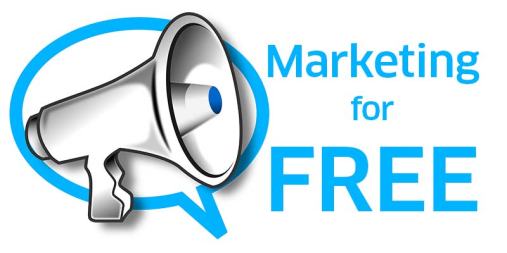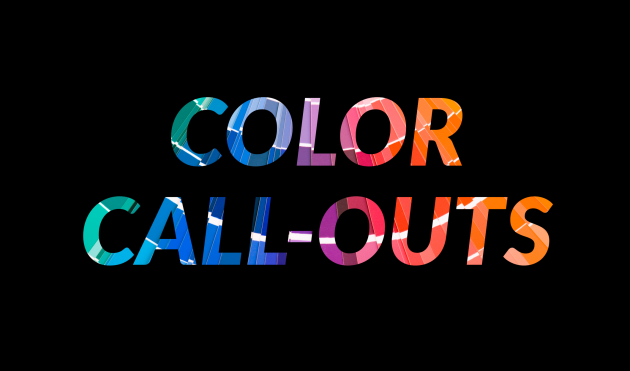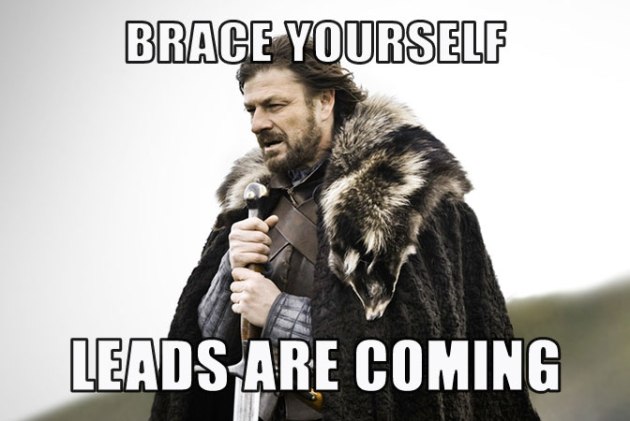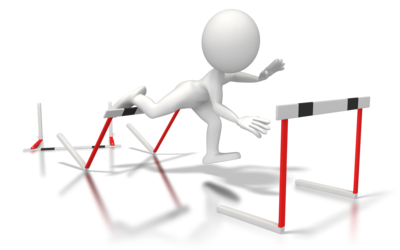How to Get Free Marketing at Your Next Trade Show
June 10, 2016 Leave a comment
Trade shows are the best space to gain new leads and propel your business into the next tier. But trade shows aren’t free – exhibit booth space, flights, hotel, per diem, and so much more goes into getting your company in front of new eyes at the trade show. Use these free marketing tactics to boost the awareness of your brand without breaking the bank!
Social Media
Social media was first a fad, then a trend, and now a business model. A lot of companies rely too little or too heavily on social media to deliver their brand to the masses. You have to find the sweet spot to keep your brand on the radar but not overwhelm your followers with spam. Get in front of the attendees who don’t know your company by tagging your company, partners, and the trade show itself. Tweet and post while exhibiting at the trade show and send out special offers! Let us give you a little incentive – tag a picture of your @displayoverstock trade show booth and the trade show you are attending. You’ll get a discount on your next order too!
Marketing through the Event
One thing you should be doing for every show is properly and completely filling out the company info. Exhibitors are often listed in handbooks and on trade show floor plans. It is a shame to see a company listed in the handbook without proper contact information. Make sure attendees know who and where you are AND how to get in contact with your company. Keep emails, phone numbers, and other information up-to-date so attendees have the most accurate information when looking through the handbook. You may also have the option to upload a company logo.
Set Meetings
Maybe setting up meetings doesn’t truly meet the definition of a marketing tactic, but it will show attendees and other companies that you are a big player and you are at the convention to do serious business. Try renting out a meeting room in the convention hall, or plan meetings in the booth itself! Attendees know the real contenders are the booths full of people who are sitting down with company. You can also post available meeting times to your social media ahead of the convention
You don’t have to go into the red trying to market your company properly. There are plenty of channels you can use to get in front of new and existing leads. Keep your eyes peeled for free opportunities to put your brand in the foreground. Don’t forget that your display is the key to marketing your brand at the show. Certain trade show displays, like our 10′ Tru-Fit Curved display feature double-sided printing, so you can promote different deals, products, or even brands on one display.









